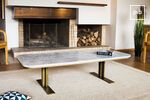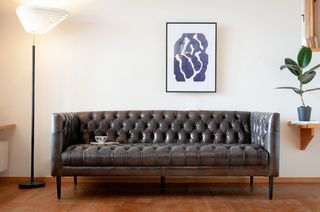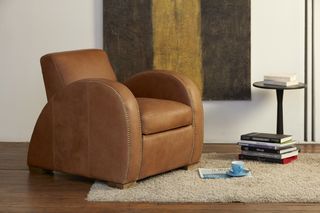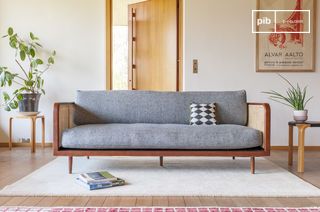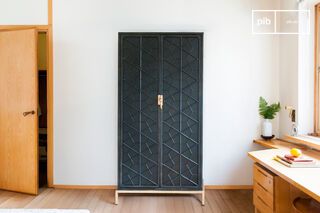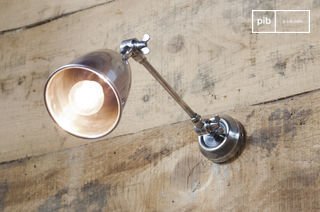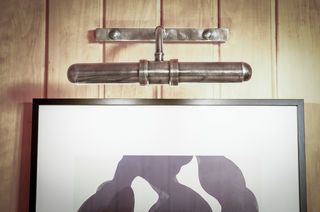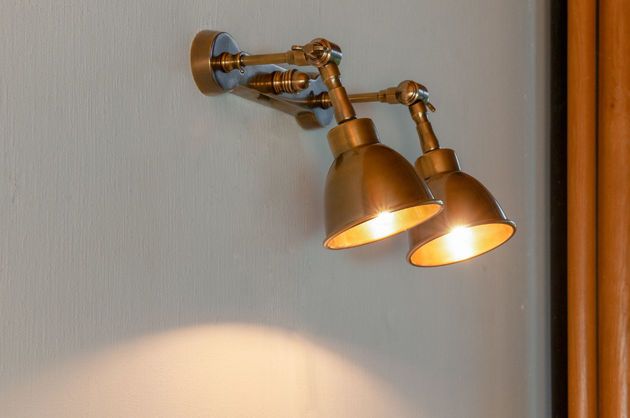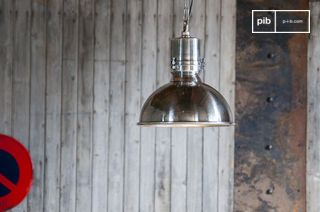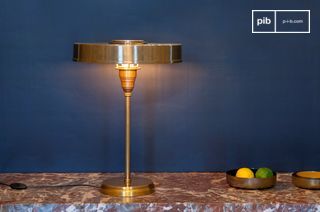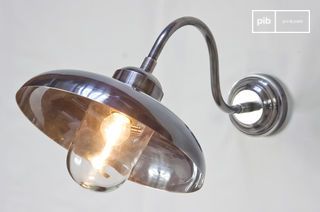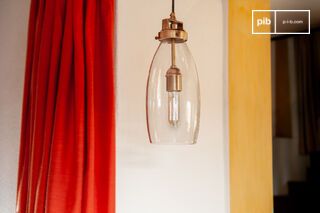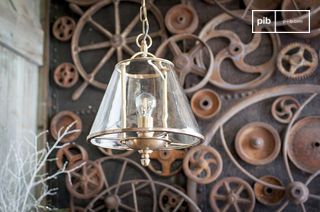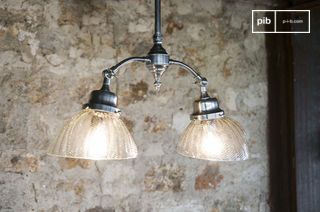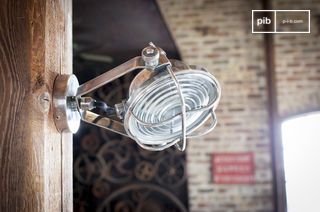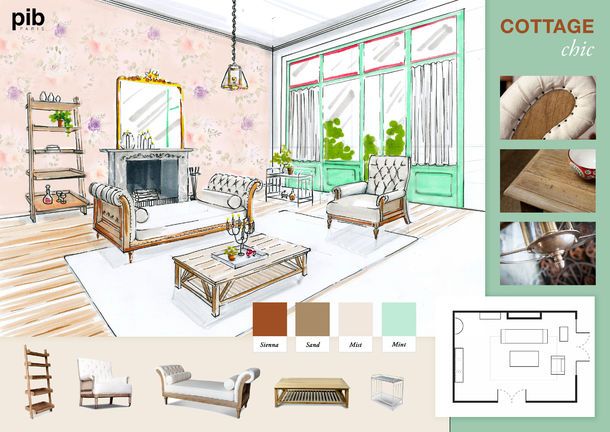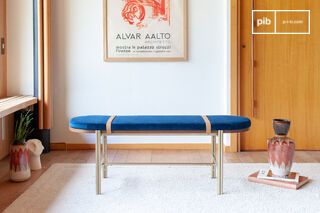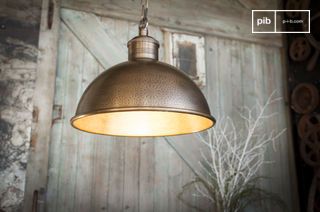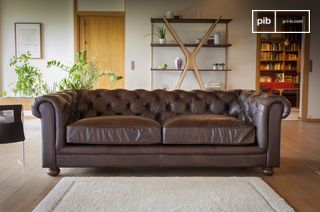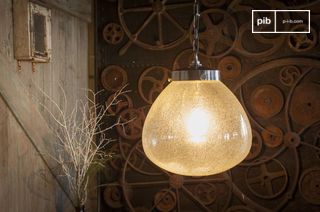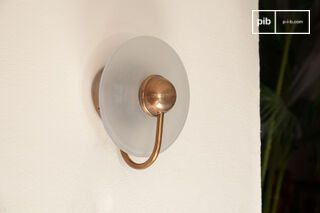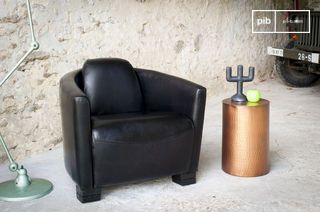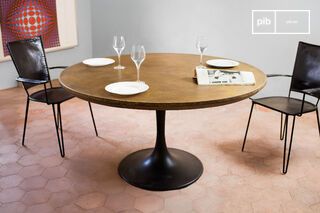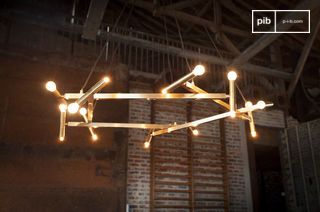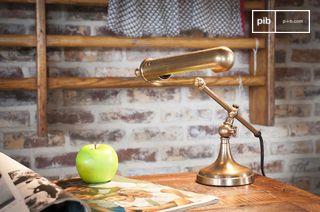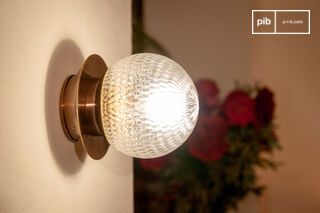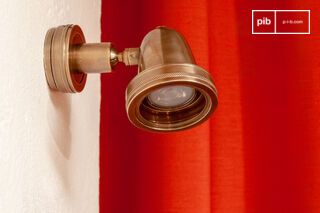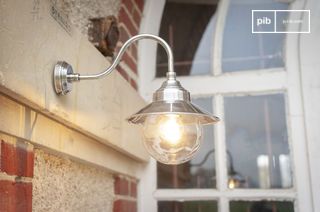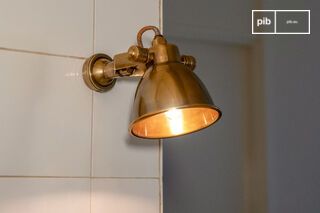Art Deco
The Art Deco category encompasses furniture structured by geometric lines, solid volumes and meticulous finishes. Emerging in the mid-twentieth century, this aesthetic combines precious woods, brass, sandblasted glass and lacquer. Each piece is based on a composition that is often symmetrical, with a strong use of decorative forms in the construction. The Art Deco style introduces a dense yet legible visual organization, centered on anchored furniture, designed to structure space around two without losing functionality. read more >
Filters
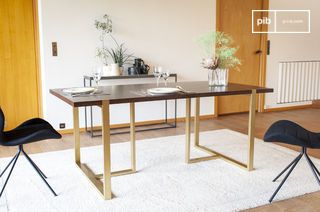
Walnut dining tableNeutra
£950 £855-10%
10 festive days
10% off our tables and consoles
Welcome your guests in style · Limited stock
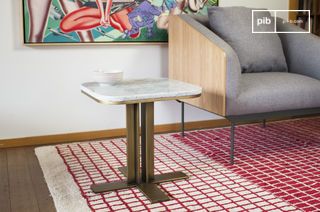
White marble side tableCarrera
£590 £530-10%
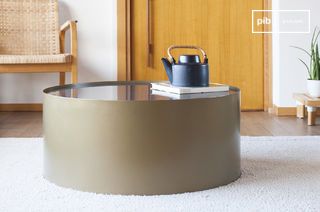
Round marble coffee tableDickinson
£1210 £1090-10%
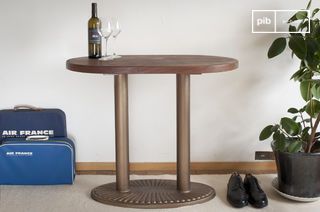
Small oval wooden dining tableWashington
£705 £635-10%

Art deco: mastered geometry and worked materials
Art deco furniture fits into a context of industrial and craft production between the 1920s and 1940s. It is characterized by a geometric organization of shapes, closed volumes, solid or recessed legs, and an often worked surface. Lines are clean, profiles precise, sometimes accentuated by inlays or cut-outs. This formal structure serves to visually stabilize the room, organizing the masses into a legible hierarchy. Unlike modernist furniture of the same period, Art Deco does not seek to erase material, but to emphasize its density and texture.
Materials used and visual effects in Art Deco furniture
Materials are chosen for their ability to produce controlled contrast: exotic wood veneer, lacquer, sandblasted glass, marble, leather, polished or nickel-plated brass. Surface treatments are rigorous, often smooth and glossy. Decorative elements (fillets, radiating motifs, bevelled corners) are integrated into the structure of the furniture, never added from the outside. This surface work accentuates the visual impact of each piece in space. An Art Deco sideboard, for example, acts as a central mass, reinforced by its closed base and symmetrical front. The effect produced is stable and frontal, without deliberate lightness.
Integrating Art Deco furniture into contemporary interiors
Art Deco furniture can be integrated into contemporary interiors as visual focal points. They require space around two so as not to saturate the furnishings. An Art Deco chest of drawers or console table requires an uncluttered wall to fully exist. This furniture works by contrast or repetition: it can be used alone as a dominant element, or spread over several points if the materials and lines are coherent. Lighting should be directed to enhance reflections and edges, avoiding diffuse shadows that weaken its formal reading.
The Art Deco style introduces a dense structure into furnishings, through furniture that combines functionality, geometric rigor and surface work. It engages a precise reading of space, centered on stable rooms designed to last visually and materially.
The Art Deco style introduces a dense structure to furnishings, through furniture that combines functionality, geometric rigor and surface work

